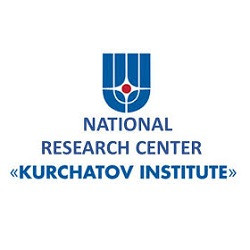| RUSSIA |  |

| Research Center |
Kurchatov Institute was founded in Moscow in 1943 in order to solve a defence issue of the development of nuclear weapon. It was known under a name of "Laboratory в„– 2 of the USSR Academy of Sciences". Since 1960 it was named Kurchatov Institute of Atomic Energy. The Institute got the status of the Russian Research Centre in 1991 and in 2010 it became the National Research Centre (NRC "Kurchatov Institute"). Kurchatov Institute has played a key role in the maintenance of the country's security and the development of the most important strategic directions. The Institute was a creator of the first atomic reactor in Eurasia (1946), the first domestic atomic bomb (1949), the first thermonuclear bomb in the world (1953). The first nuclear power plant in the world (1954), the first tokamak installation (1955), atomic reactors for ice-breakers (1957), submarines (1958) and space engineering were developed under the scientific leadership of Kurchatov Institute. The first Russian dedicated synchrotron radiation source (1999), the first in the world СЃentre of converging, nano-, bio-, information and cognitive (NBIC) sciences and technologies (2009) were launched in the Kurchatov Institute. Nowadays the Kurchatov Institute is a multi-disciplinary research centre with an advanced experimental base: 5 nuclear research reactors; 14 critical reactor assemblies; Dedicated synchrotron radiation source; Thermonuclear tokamak facilities; Material science laboratory with "hot cells" to study irradiated materials; Cluster process line for manufacturing of integrated circuits; Isotope separation facilities; Complex of physical, chemical and radiochemical laboratories; Data processing centre based on the supercomputer (with a peak performance of 120 teraflops); Genetic engineering and synthetic cell Labs; Protein factory and NanoFab (nano-bio fabrication).